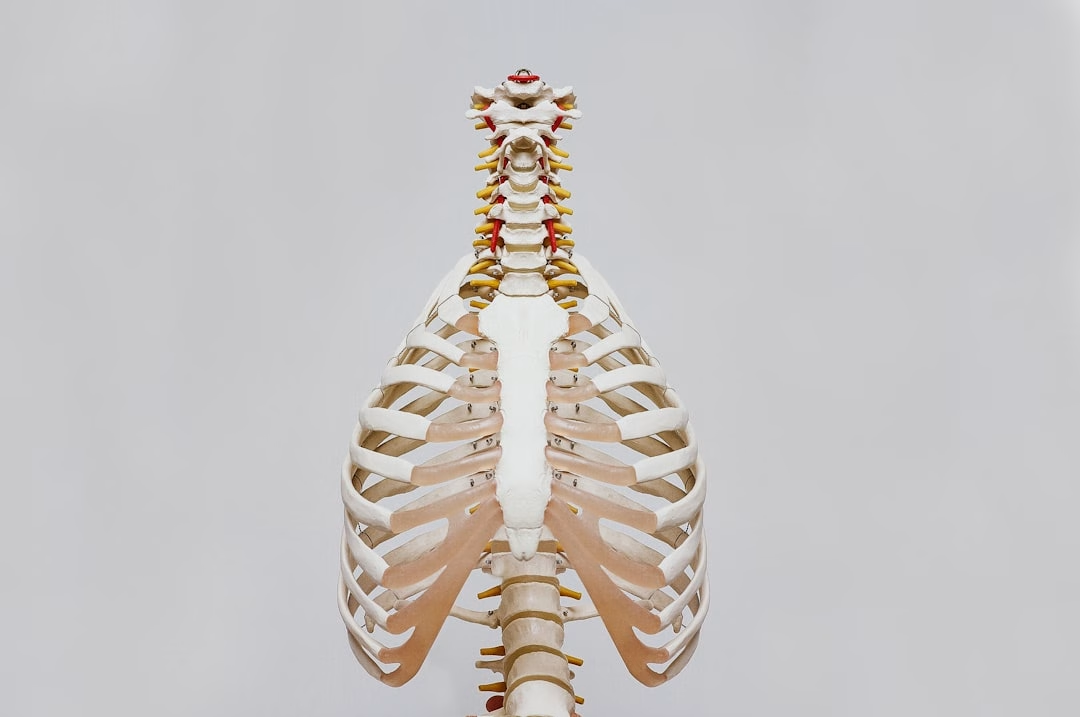Are you always left scratching your head when a diet plan instructs you to consume a ‘serving’ of vegetables or ‘portion’ of protein? Do not fret, understanding food portions and serving sizes isn’t as complex as it seems. This article breaks it down for you, so you can keep better track of what you are eating and maintain a balanced diet.
What is a Food Portion?
A ‘portion’ is the amount of food that you choose to eat for meals or snacks. It’s the amount you put on your plate, which may be more or less than a serving size. It’s essential to be aware of the portion size because, irrespective of the food you’re eating, consuming too much can lead to weight gain.
What is a Serving Size?
A ‘serving size’ is a standardized amount of food. It’s used as a reference amount to help express nutrient content and can be found on a food’s nutrition facts label. While serving sizes can help guide how much we eat, they’re not necessarily the same as the portion sizes we consume.
How to Measure Portions and Serving Sizes
Getting grips with portion sizes isn’t just about learning the right portions for different foods, but also learning how to measure those portions. Here are some common methods to help you measure your portions accurately.
- Food scales: A food scale can provide the most precise measurement of food size. Weigh your food in grams or ounces to get an accurate serving size.
- Measure cups: Measuring cups are also a good method, particularly for liquids and grains.
- Your hands: If you don’t have measuring tools with you, you can estimate portion sizes for different food categories using your hand.
Portion Sizes for Common Foods
Let’s break down what a portion size looks like for some commonly eaten foods.
- Grains: One serving is 1/2 cup cooked rice or pasta or 1 slice of bread.
- Vegetables: A serving is generally 1 cup raw or 1/2 cup cooked.
- Fruits: A serving size may be one medium piece of fruit, 1/2 of a large one, 1/4 cup of dried fruit, or 1/2 cup of fruit juice.
- Dairy: A serving size for dairy often ranges from 1 cup of milk or yogurt to 30 grams (1 oz) of cheese.
- Proteins: A one-ounce serving size is equivalent to 1 egg, 1 tablespoon of peanut butter, or 2 to 3 ounces of cooked meat, poultry, or fish.
Final Thoughts
By understanding portion sizes and serving sizes, you can better control your diet, manage your weight, and improve your health generally. Over time, you’ll be able to estimate these sizes just by looking at the food on your plate!
